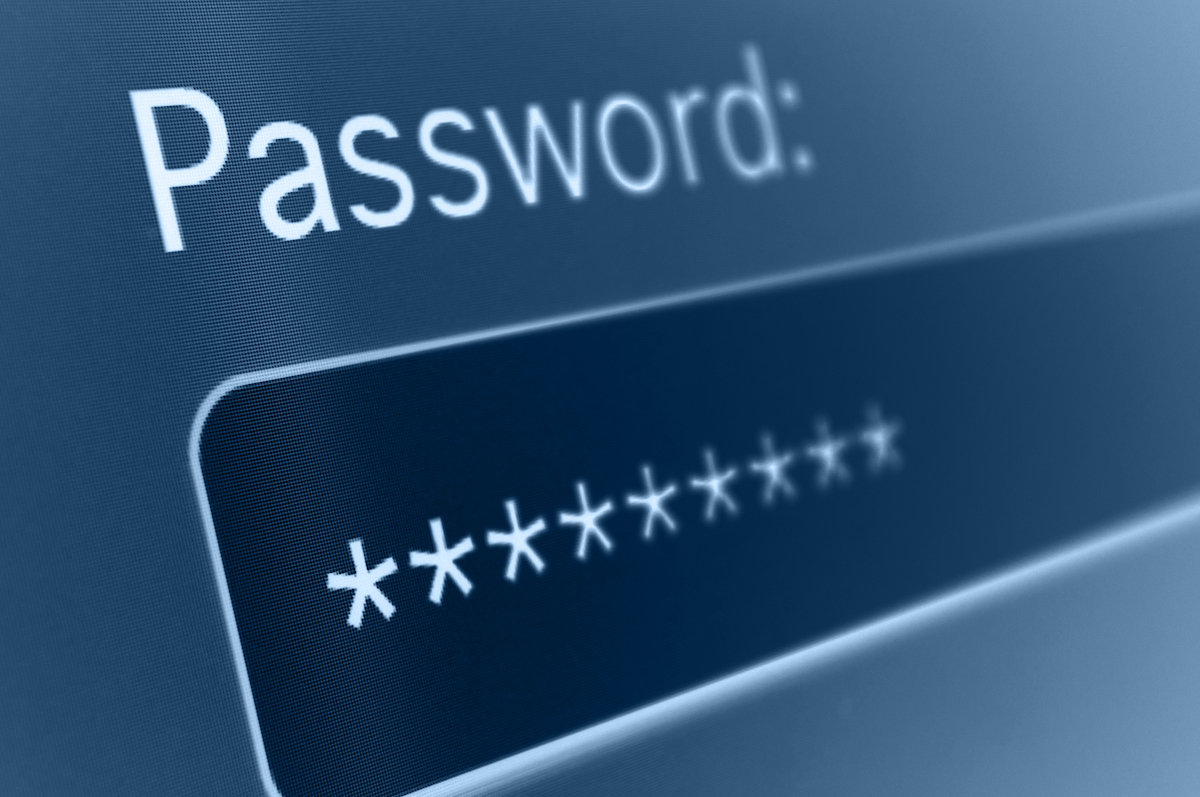
Passwords have become something that most of us use each and every day. More often than not, we use them to access accounts or files that contain any personal information about us. A password is traditionally an assortment of upper and lowercase letters, numbers and special characters such as question marks and exclamation marks, which are unique to each person. Normally passwords are created by the account holder but in some situations such as when a bank sets up a security pin for you to access your bank account through an ATM, the password will be known by the organization, as well as the actual account holder.
Once a password is chosen, it should be kept completely private. Passwords should never be shared with anybody – regardless whether you believe that particular person can be trusted. Even if they don’t use the password to gain access or hack your account, they might accidentally give it to someone else that will. Most online platforms and websites will ask you to create a complex password upon registration as a security measure.
Passwords are essential for keeping all of your information safe and only the people that require it have access to it. There are different forms of passwords that will allow you to be verified to gain entry to your account:
It is recommended by security companies and experts that you create a memorable password of a sufficient length that is at least 12-14 characters. It is good practise to take into consideration all of the recommended steps that software or websites suggest you take, to give you the strongest password possible and to prevent hackers from being able to easily take control of your information or accounts. It is better not to write down passwords in case they get lost or compromised however if you must do so, make sure it is on paper and stored somewhere safe where you can access it again if you forget. There are a number of password managers you can use as well on PC and Mac where you can store all your details in one place and encrypt them.
Avoid using regular terms like “1234” or “starwars” as these short form passwords are easy to crack with software and be sure to use at least one special character such as the @ symbol to make it harder for hackers to crack your password.
As our dependence on passwords continues to evolve (and so do the capabilities of hackers), the demand for the highest possible level of security is greater than ever. New ways of identifying ourselves will constantly need to be discovered to stay one step ahead of cybercriminals that increasingly pose a risk to people as well as businesses and governments. One of the most advanced methods of authentication is through the use of facial recognition technology. This involves the scanning of an individual’s face to identify unique facial features to unlock access. If you were to combine other layers of authentication together, this would provide a stronger defense against hackers and unwanted information hijackers.
In the future we may see technology such as implants being used. While it isn’t currently approved for use (it’s not certain if it is entirely safe), some people who work with biometric systems are exploring the possibility of placing chips inside their hands or arms to send information that unlocks different systems or enables payments (think Apple Pay with your hand). This can be done by touching a reader that scans the chip for this information, which then provides an authorization such as a payment or unlocks access to an account. However, this kind of technology is still in development and may take a number of years before it becomes a viable option.
Other alternatives include voice recognition technology which is becoming increasingly sophisticated as well as iris recognition, behavioral biometrics such as keystroke recognition (the way you type), and even palm vein recognition to identify unique vein patterns that are distinctively different from person to person.